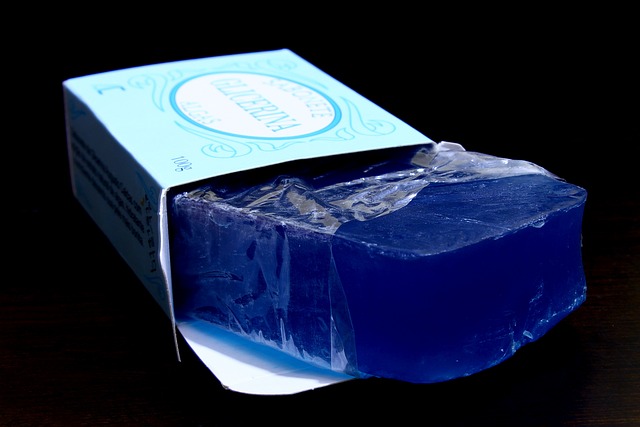Six Benefits of Glycerine

It’s interesting how scientists can create a unique compound that ends up solving some major problems. How do they do it? Is it by coincidence, or is there a detailed procedure that leads to such discoveries? The answer could be both.
Glycerine is one such product that has various uses. It can be used to make food products, body care products, and medicines.
Glycerine was discovered by Carl Wilhelm Scheele, a Swedish chemist, in 1779. The discovery happened as an accident while Carl was lead monoxide and olive oil. He called the substance formed the “sweet principle of fat” because it had a sweet taste. It would later be named glycerine (a name obtained from the Greek word glykys meaning sweet) by Michel-Eugene, a chemist of French origin.
Glycerine can be found in animal fats and vegetables. It has water-soluble, transparent, nontoxic, high boiling point, and viscous properties. You can use IBC pumps to transfer glycerine from one place to another. Although it is stable, it also behaves chemically like alcohol since it can be reacted under certain conditions. The following are various uses of glycerine.
Essential for Soap Production
Many soaps contain glycerine as a vital ingredient. Interestingly, soapmaking can also produce glycerine. In fact, chemists sometimes use industrially-made soap while producing glycerine, commercially known as glycerol.
The process of producing glycerine is referred to as saponification, where fat or oil is converted into glycerine and soap by heating, exposing the lipids to heat, and mixing them with alkali-like lye. Soaps molded into different shapes usually called “melt and pour,” contain large amounts of glycerine.
Used to Make Skin Care Products
Moisturizing products like lotions and shampoos contain glycerol because it is a humectant that boosts its ability to bind to and attract moisture. Hair products with glycerine prevent hair from splitting and overdrying, whereas in shampoos, glycerine helps eliminate itchy scalps and dandruff.
Like hair care products, lotions and other skincare products use glycerine to hold onto and attract moisture which is an important factor in having healthy skin. Lotions have three key components: an emollient, a humectant, and an occlusive. The emollient smoothens the rough spots, and the occlusive ‘covers’ the moisture preventing it from escaping the surface of the skin.
Makes Food
Glycerine also serves as a food additive, so you’ve probably enjoyed it in some of your meals. It sweetens Food, though it doesn’t match sugar as it’s just about 75% as sweet as sugar.
Glycerine prevents foods like bread and cakes from drying out thanks to its moisture-binding properties. Because of glycerine’s dense texture, it helps to add smoothness and thickness to liquids. Glycerine is present in canned soups, cake icings, chewing gum, condiments, marshmallows, and drinks.
It’s an Ingredient in Pharmaceuticals
Glycerine has a sweet taste, so it’s used in cough syrups and lozenges to give them a pleasant taste. Besides sweetening medicines, glycerine also helps make topical ointments thick. Glycerine suppositories are also used to treat the digestive system since it gets water out of the colon so things can flow. Excipients, which act as vehicles for drugs or substances like eye and ear drops, also contain glycerine. Lastly, glycerine is used for medical purposes to freeze things like tissues, red blood cells, and sperm.
Useful in Plastics, Paints, and Inks
Glycerine has numerous industrial uses. The compound is a vital component in paints and also makes coatings for stuff like wires. It softens plastics and is a preferred substance for producing food wrappers because of its nontoxic nature and inability to shrink.
A Great Addition to Vaping Liquid
High glycerine content creates a super visible aerosol, which is why vegetable glycerine is added to vaping fluids used in e-cigarettes.
